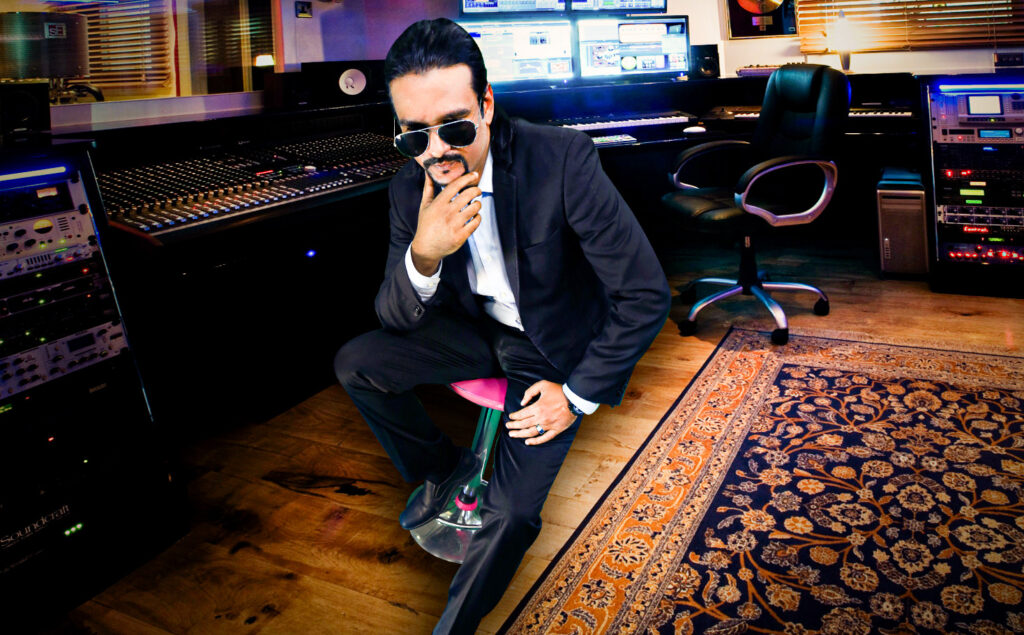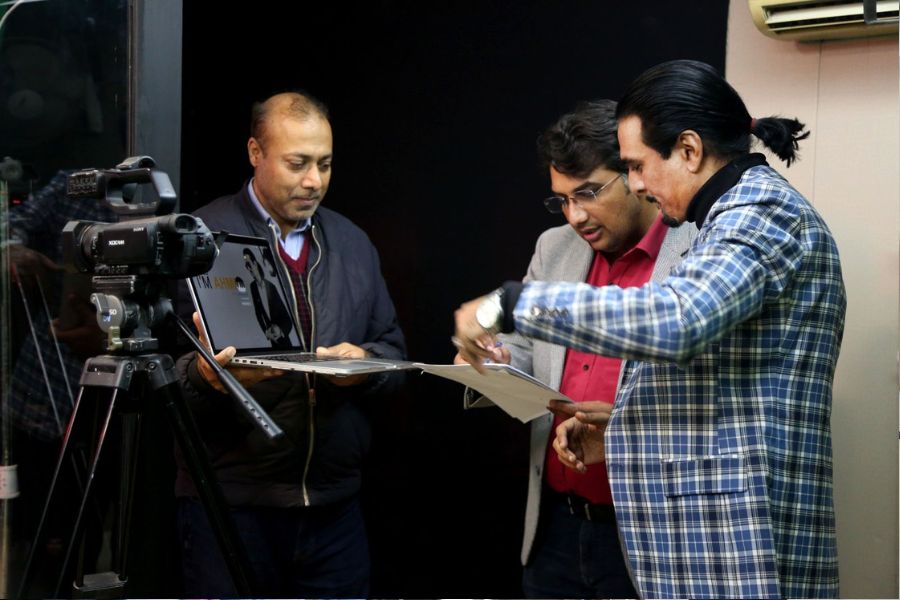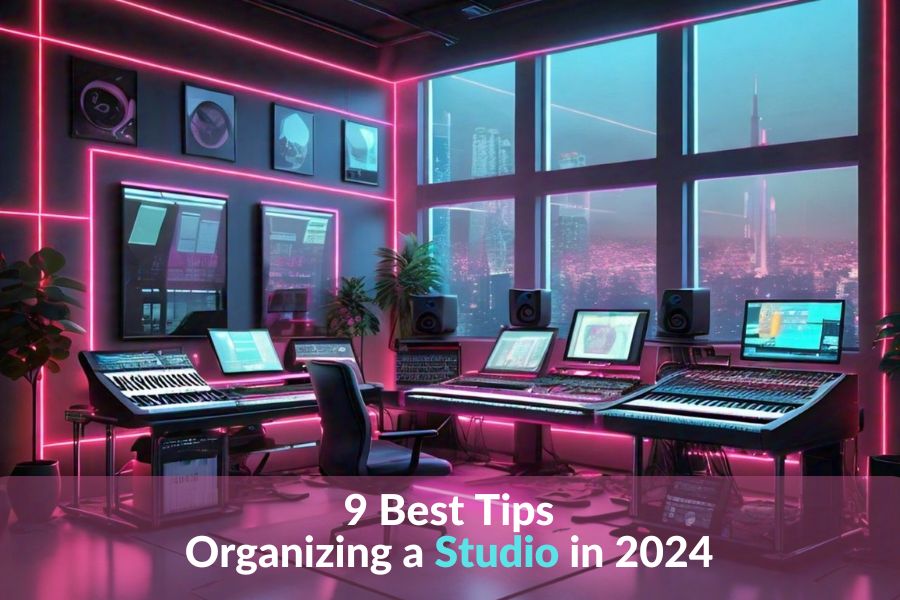Table of Contents
Introduction
In today’s fast-paced creative industries, having a well-organized studio is not just a luxury but a necessity for professionals aiming for maximum productivity. Whether you’re an artist, designer, photographer, or any other creative professional, the layout and organization of your studio space can significantly impact your workflow, creativity, and overall success. Let’s delve into the strategies and insights on how to optimize your studio space for peak productivity.
Importance of a well-organized studio
A cluttered and disorganized studio can lead to distractions, wasted time searching for tools or materials, and a lack of focus. On the other hand, a thoughtfully organized studio promotes efficiency, creativity, and a conducive environment for work.
1. Setting Up Your Studio

Designing a functional workspace
Creating zones for different activities (e.g., work area, storage, relaxation space) helps in maintaining focus and workflow continuity. Ergonomic furniture and adequate lighting are also crucial for comfort and productivity.
Work Area: This is the heart of your workspace. Ideally, it should have an adjustable desk and ergonomic chair to promote good posture and comfort. Ensure you have enough surface area for your computer, essential equipment, and paperwork.
Storage: A designated storage area helps keep clutter at bay. Utilize shelves, cabinets, or drawers to organize files, office supplies, and anything that might otherwise create a messy desk.
Relaxation Space: Having a space to unwind during breaks is essential. This could be a comfy armchair, a yoga mat corner, or even a hammock (depending on your space).
2. Essential Equipment Related to Studio
From high-quality tools specific to your craft to ergonomic furniture and efficient storage solutions, having the right equipment can significantly boost productivity and workflow efficiency.
Advanced Sound Workstation (DAW): Programming for recording, altering, and blending sound.
Examples include Logic Pro, FL Studio, Ableton Live.
Microphone: Condenser microphones are great for vocals and acoustic instruments. Dynamic microphones are better for drums and electric guitars.
3. Storage Solutions
Maximizing space and accessibility
Utilizing vertical space, labeling storage containers and categorizing materials based on frequency of use can make it easier to find what you need quickly, minimizing disruptions to your workflow.
4. Workflow Optimization
Streamlining processes for efficiency
Developing standardized workflows, organizing materials logically, and decluttering regularly are key to streamlining processes and ensuring a smooth workflow.
5. Creative Inspiration
Enhancing creativity through organization
A tidy and inspiring studio environment can stimulate creativity and encourage innovative thinking. Incorporating elements like artwork, motivational quotes, or plants can uplift mood and inspire creativity.
6. Digital Organization
Managing digital files and assets efficiently is as crucial as organizing physical spaces. Utilize cloud storage, backup systems, and digital organization tools to keep your digital workspace streamlined and accessible.
7. Time Management
Balancing time for tasks and breaks
Creating a schedule, prioritizing tasks, and incorporating regular breaks can help maintain focus, prevent burnout, and enhance overall productivity throughout the day.
8. Ergonomics

Creating a comfortable and healthy workspace
Investing in ergonomic furniture, maintaining proper posture, and incorporating stretching or exercise routines can contribute to a healthier and more productive work environment.
9. Mindfulness Practices
Incorporating mindfulness for productivity
Practicing mindfulness techniques such as meditation, deep breathing, or mindfulness walks can enhance focus, reduce stress, and improve overall well-being, leading to increased productivity.
Conclusion
In conclusion, organizing your studio for maximum productivity is a multifaceted approach that combines efficient space design, proper equipment, streamlined workflows, and mindfulness practices. By implementing these strategies tailored to your creative needs, you can create a conducive environment that fosters productivity, creativity, and overall well-being.
FAQs
1. Why is studio organization important for creative professionals?
Studio organization minimizes distractions, saves time, and creates a conducive environment for focused work and creative inspiration.
2. What are some essential tools for a well-organized studio?
Essential tools include ergonomic furniture, adequate storage solutions, high-quality tools specific to your craft, and digital organization systems.
3. How can mindfulness practices improve productivity in a studio setting?
Mindfulness practices such as meditation, deep breathing, or mindfulness walks can enhance focus, reduce stress, and promote overall well-being, leading to increased productivity.
4. What are some common challenges in maintaining an organized studio?
Common challenges include clutter accumulation, time management issues, and balancing creativity with organization. Regular decluttering and establishing clear workflows can help overcome these challenges.
5. How can I optimize my digital workspace for maximum efficiency?
Utilize cloud storage, digital organization tools, and backup systems to keep digital files organized, accessible, and secure, ensuring smooth workflow continuity.

